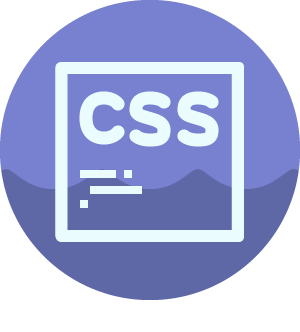Tutorial CSS Basic to PRO : Introduction
This is all Tutorial CSS will be Fak Tricks Share on This Blog.
- CSS Introduction
- CSS Syntax
- CSS Selectors
- CSS How To
- CSS Backgrounds
- CSS Text
- CSS Fonts
- CSS Links
- CSS Lists
- CSS Tables
- CSS Box Model
- CSS Border
- CSS Outline
- CSS Margin
- CSS Padding
- CSS Dimension
- CSS Display
- CSS Max-width
- CSS Position
- CSS Float
- CSS Inline-block
- CSS Align
- CSS Combinators
- CSS Pseudo-class
- CSS Pseudo-element
- CSS Navigation Bar
- CSS Image Gallery
- CSS Image Opacity
- CSS Image Sprites
- CSS Attr Selectors
What is CSS?
- CSS stands for Cascading Style Sheets
- CSS describes how HTML elements are to be displayed on screen, paper, or in other media
- CSS saves a lot of work. It can control the layout of multiple web pages all at once
- External stylesheets are stored in CSS files
Why Use CSS?
CSS is used to define styles for your web pages, including the design, layout and variations in display for different devices and screen sizes.
CSS Solved a Big Problem
HTML was NEVER intended to contain tags for formatting a web page. HTML was created to describe the content of a web page, like:
<h1>This is a heading</h1>
<p>This is a paragraph.</p>
When tags like <font>, and color attributes were added to the HTML 3.2 specification, it started a nightmare for web developers. Development of large websites, where fonts and color information were added to every single page, became a long and expensive process.
To solve this problem, the World Wide Web Consortium (W3C) created CSS. CSS was created to specify the document's style, not its content.
In HTML 4.0, and later, all formatting should be removed from the HTML page, and stored in separate CSS files.
CSS Saves a Lot of Work!
The style definitions are normally saved in external .css files.
With an external stylesheet file, you can change the look of an entire website by changing just one file!

ConversionConversion EmoticonEmoticon Off Topic